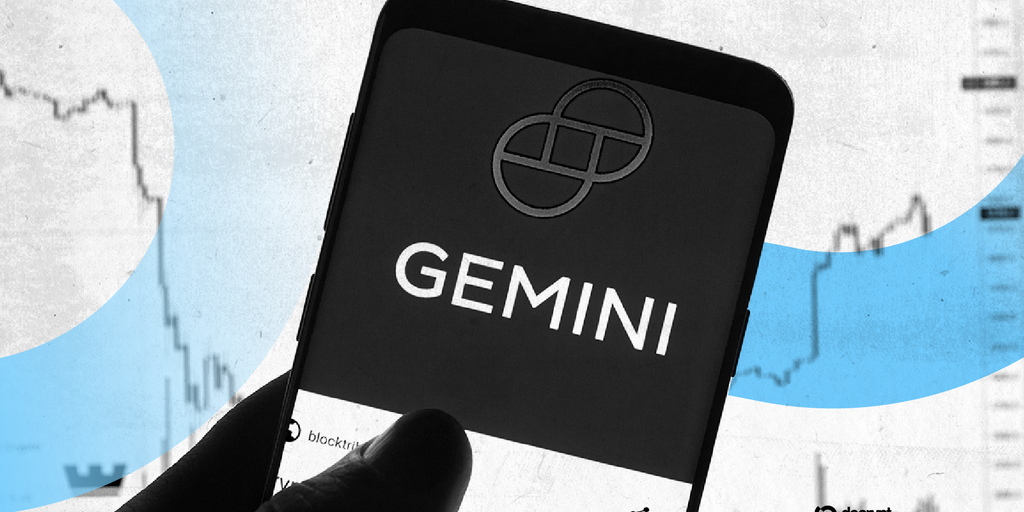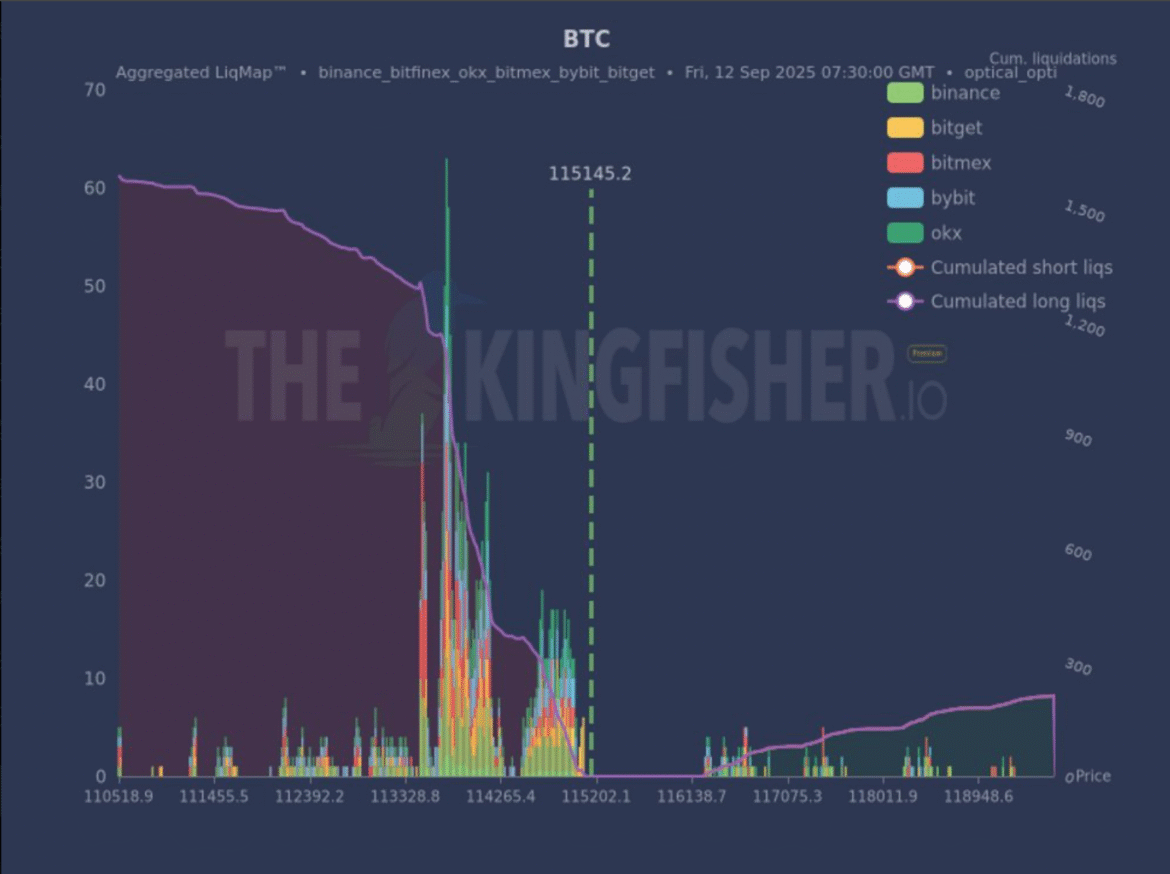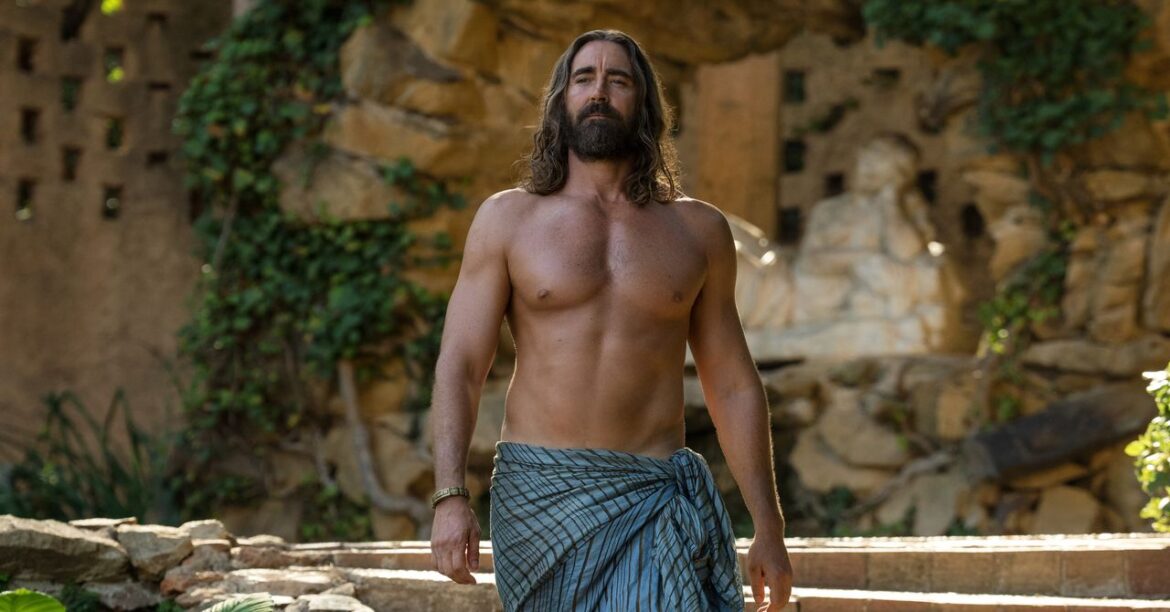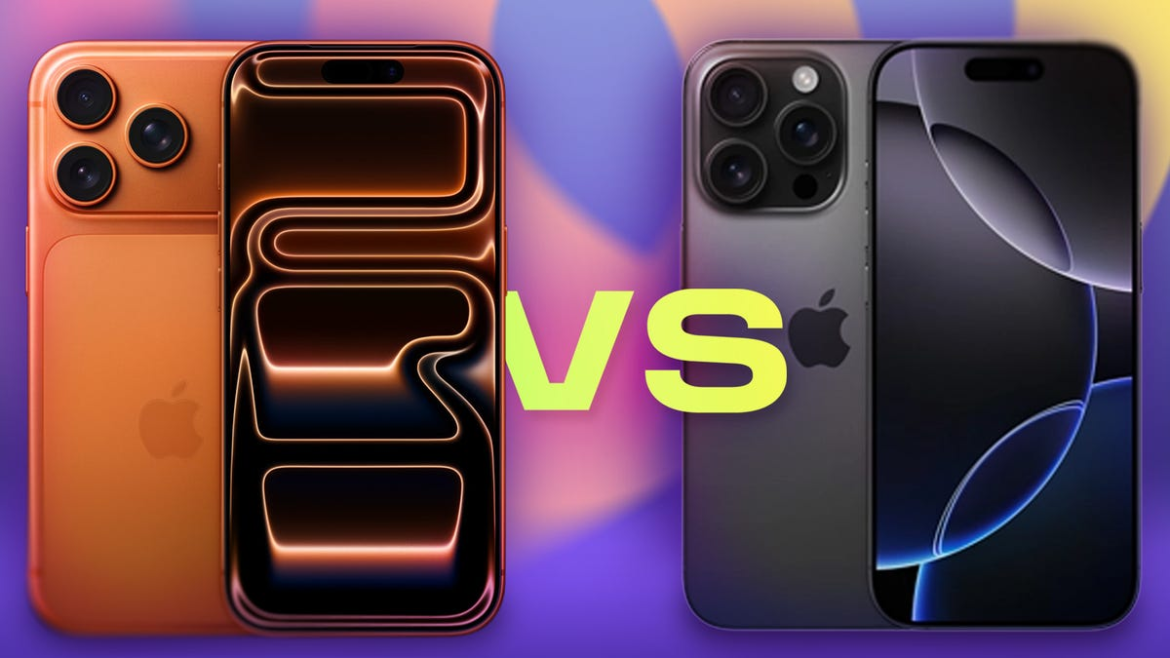The first people in line on Tuesday, I was told, started camping out on the sidewalk two days ago. Luigi Mangione, the man accused of gunning down UnitedHealthcare CEO Brian Thompson in December 2024, was due in court at 9AM ET for a hearing in one of three concurrent criminal cases against him. And this time everyone was prepared for the mayhem: the signs, the fans, the livestreamers, the protests, the media circus. That’s why the line started even earlier than last time — the people who really wanted to get in to see him knew that no time was too early.
Mangione is both ubiquitous and fleeting. The last time the public saw him (aside from a bizarre, unauthorized appearance in a men’s shirt listing on Shein) was in February at this same courthouse in Manhattan, when hundreds of members of the general public and media convened for a routine pretrial hearing. He exists in memes, in passing references, and in content moderation decisions, and he lives rent-free in the mind of Donald Trump — yet most people are likely not thinking or talking about Mangione day to day. They are reminded of him when new photos drop or when there are incremental updates in the cases against him. But the wall-to-wall coverage of the case has waned, and it’s the people who are the most tapped in that are working to keep interest in the case alive. Mangione and the larger discussions around healthcare reform are one item in a list of approximately 8,000 pressing topics swirling in the US. How do you keep attention and energy alive in an information ecosystem defined by its fragmentation?
Court officials and police seem to have learned their lesson from February: don’t let a million people inside
The hearing on Tuesday was much more eventful than the one in February: Mangione’s team successfully got two terrorism-related charges tossed in the New York case, a development that supporters of his are celebrating. Given the magnitude of the news, the tempered atmosphere — and the smaller crowds — was noticeable.
Court officials and police seem to have learned their lesson from February: don’t let a million people inside. Instead of admitting members of the public to a hallway outside the courtroom where they could set up camp, the court kept most on the sidewalk.
There are fewer people here than in February, but in some ways the supporters and frenzy are even more fervent. Mason Alexander, who told The Verge he’d been one of the few to make it inside the courtroom for the first hearing, arrived at 11PM the night before and was 25th in line, meaning he wouldn’t get a spot the second time. Some in line have numbers written on the backs of their hands, which I later am told are not part of any official numbering system from the courthouse but were the work of an attendee walking around with a marker, trying to bring order to the line.
“The case just resonated with me,” Alexander says, explaining why he showed up. “Obviously what he allegedly did isn’t something to be cheered about, but I think it was beneficial in the way that it put a spotlight on [the healthcare system issue] that I think is probably the most important in the country, and how much it affects everyday people. It got people talking.”
People Over Profit NYC, a grassroots healthcare reform group with a focus on Mangione’s case, again organized a rally outside. A giant homemade spinning wheel has slots reading “APPROVED” and “DENIED” — spin the wheel to learn the fate of your insurance claim. There are Luigi hats, keychains, DIY T-shirts, flyers about local healthcare legislation. When I arrive shortly after 8AM, reporters and news crews outnumber rally attendees — there are fewer people here, too, than six months ago.
A POPNYC rally attendee who asked to remain anonymous, citing the current political climate, says “protest fatigue” could be a reason attendance dipped (the early morning timeslot also may have contributed).
“I think people are just tired, and they just want to either ignore what’s going on or just give up,” the attendee says. “That’s why we’re out here, to let them know we’re still here. Even if you’re tired, we’ll still go on. And maybe they’ll join us next time.”
There’s also the unavoidable reality that the hearing is happening a week after right-wing provocateur Charlie Kirk was killed at a public event in Utah. Though the two cases are not obviously connected, there’s been a swift and brutal crackdown from the American right wing, directed at anyone who is deemed to be “celebrating” Kirk’s murder. Private and in some cases innocuous social media posts are being used to report people to employers or dox them. It’s not surprising that Mangione supporters may be reluctant to be photographed at a rally for him.
It’s hard enough to keep major events and causes in the news, but Mangione’s case has unique, complicating factors. The central character — who many see as sympathetic — is accused of stalking and shooting Thompson point-blank (Mangione has pleaded not guilty). UnitedHealth Group has waged an all-out attack on critics, targeting filmmakers, social media users, and news outlets. Tech companies are working to moderate Mangione-related content, though some supporters complain that their content and accounts are being taken down without explanation. There is also the general specter of violence that clouds current US political discourse. It’s never a good time to be an alleged assassin, but especially not now.
Part of what makes the Brian Thompson murder case so strange is the way most people consume and follow it: through the hundreds of photos and videos of Mangione looking “hot.” Mangione’s overlapping and high-stakes legal battle is relayed to the public via new photos of him; it obfuscates both the seriousness of the crime and charges, as well as the punishment he faces if convicted. There is a clear tonal disconnect in coverage of the case: the Daily Mail is both running stories about the “sick” fans that support him and posting 29-photo slideshows to TikTok that are a collection of Mangione’s face from every possible angle.
On Tuesday, Mangione wore a khaki prison outfit instead of street clothes. He was once again shackled at the ankles, wrists, and waist — something his attorneys have complained about. As we waited for him to enter, another reporter remarked that it felt a bit like a wedding: the press and two dozen or so members of the public kept glancing back at the slightest of noises, like we were waiting for a bride to walk down the aisle. A supporter who managed to get into the courtroom, who asked to be named as SAS, later told me she could hear his shackles before she saw him. Some online commenters described him as looking “pale,” “skinny,” and like he had been “crying a lot.” (I’m not really seeing this, personally.) After both hearings, there’s been a lot of reading into Mangione’s demeanor — but the truth is that the court dates have been exceedingly normal and professional. There is no deeper personality or psychology to be gleaned from being inside a room with him for 20 minutes.
The most significant development from Tuesday’s hearing brought good news for Mangione: Judge Gregory Carro, who is overseeing the New York state case against Mangione, dropped two major terrorism-related charges in what is seen as a major win for the defense. The state argued that Thompson’s murder was meant to “intimidate or coerce a civilian population,” but Carro found the claims to be “legally insufficient.” Carro says in essence that under New York law, the alleged “ideological” motive doesn’t fit the definition of terrorism.
As Carro announced that he was dropping the terrorism charges, a few supporters in the courtroom audibly reacted
“The court agrees with the defendant that the [state] appear[s] to conflate an ideological belief with the intent to intimidate or coerce a civilian population,” Carro writes. “While the defendant was clearly expressing an animus toward UHC, and the health care industry generally, it does not follow that his goal was to ‘intimidate and coerce a civilian population,’ and indeed, there was no evidence presented of such a goal.” Mangione still faces charges of second-degree murder in the New York state case.
As Carro announced that he was dropping the terrorism charges, a few supporters in the courtroom audibly reacted — a faint exclamation, maybe even a gentle clap, that drew a scolding from a guard.
On other motions, Mangione’s defense was less successful. Mangione is facing three concurrent cases: the one in New York, a separate state case in Pennsylvania, and a federal case. Mangione’s defense team has argued that the state and federal cases happening at the same time amounts to double jeopardy: the US Constitution bars defendants from being prosecuted for the same crime twice. Carro rejected the double jeopardy argument. Mangione’s lawyers have also argued that the federal case against him — which carries the possibility of the death penalty — should proceed before the state case. On Tuesday, Carro denied Mangione’s request to put the state case on hold. The next hearing in the state case is scheduled for December 1st. Mangione is due in court for the federal case a few days later.
Luigi Mangione’s fate and his public persona are inextricably linked. Widespread and sustained attention on his case depends on how often he can get in front of people through their digital feeds. The windows of opportunity to grab attention and deeper public engagement are limited because he is making public court appearances only once every several months. The public spectacle of the case is ever-present: Mangione’s attorneys have written at length objecting to him being shackled during court appearances that are then photographed and shared, saying they are “deeply prejudicial” and damaging to his right to a fair trial.
One avenue Mangione supporters have been pursuing is around jury nullification, when a jury acquits even if it believes a defendant committed a crime (in February, a truck with an LED billboard on the side showing jury nullification information circled the courthouse during the hearing). But even that relies on a massive public outreach campaign in an era of short attention spans and a fractured media ecosystem.
As I wrote in February, a cycle is beginning to take shape: One day Mangione is all we see on social media. The next he is gone. Rinse and repeat. While I was in court with my phone tucked away, friends texted me about new Luigi photos, just as they did six months ago. Is becoming a meme — no matter how beloved or reviled — enough to have your life spared? The stakes couldn’t be higher, and the culture couldn’t be more fickle.
0 CommentsFollow topics and authors from this story to see more like this in your personalized homepage feed and to receive email updates.
- CultureClose
Culture
Posts from this topic will be added to your daily email digest and your homepage feed.
PlusFollow
See All Culture
- EntertainmentClose
Entertainment
Posts from this topic will be added to your daily email digest and your homepage feed.
PlusFollow
See All Entertainment
- Internet CultureClose
Internet Culture
Posts from this topic will be added to your daily email digest and your homepage feed.
PlusFollow
See All Internet Culture
- LawClose
Law
Posts from this topic will be added to your daily email digest and your homepage feed.
PlusFollow
See All Law
- PolicyClose
Policy
Posts from this topic will be added to your daily email digest and your homepage feed.
PlusFollow
See All Policy
- PoliticsClose
Politics
Posts from this topic will be added to your daily email digest and your homepage feed.
PlusFollow
See All Politics
- ReportClose
Report
Posts from this topic will be added to your daily email digest and your homepage feed.
PlusFollow
See All Report
- Social MediaClose
Social Media
Posts from this topic will be added to your daily email digest and your homepage feed.
PlusFollow
See All Social Media
- TechClose
Tech
Posts from this topic will be added to your daily email digest and your homepage feed.
PlusFollow
See All Tech










